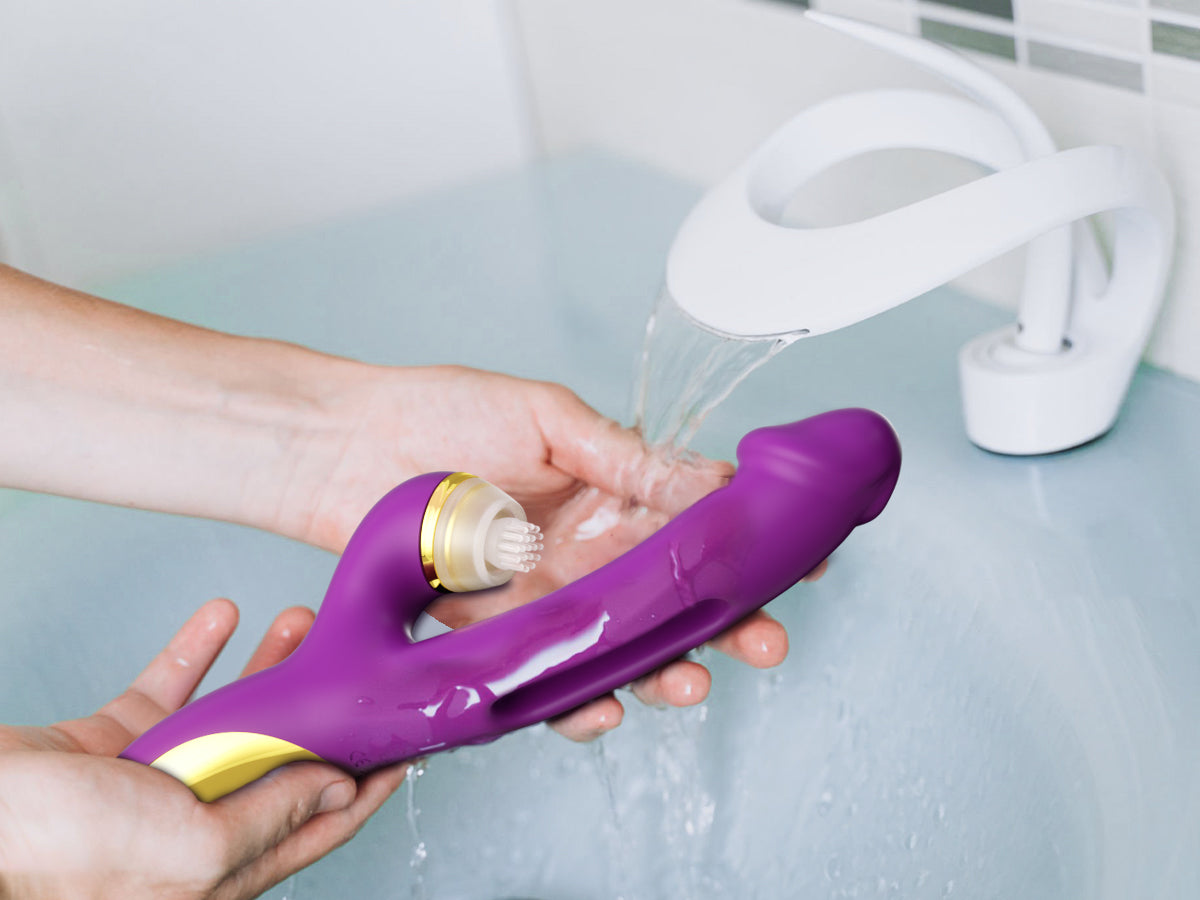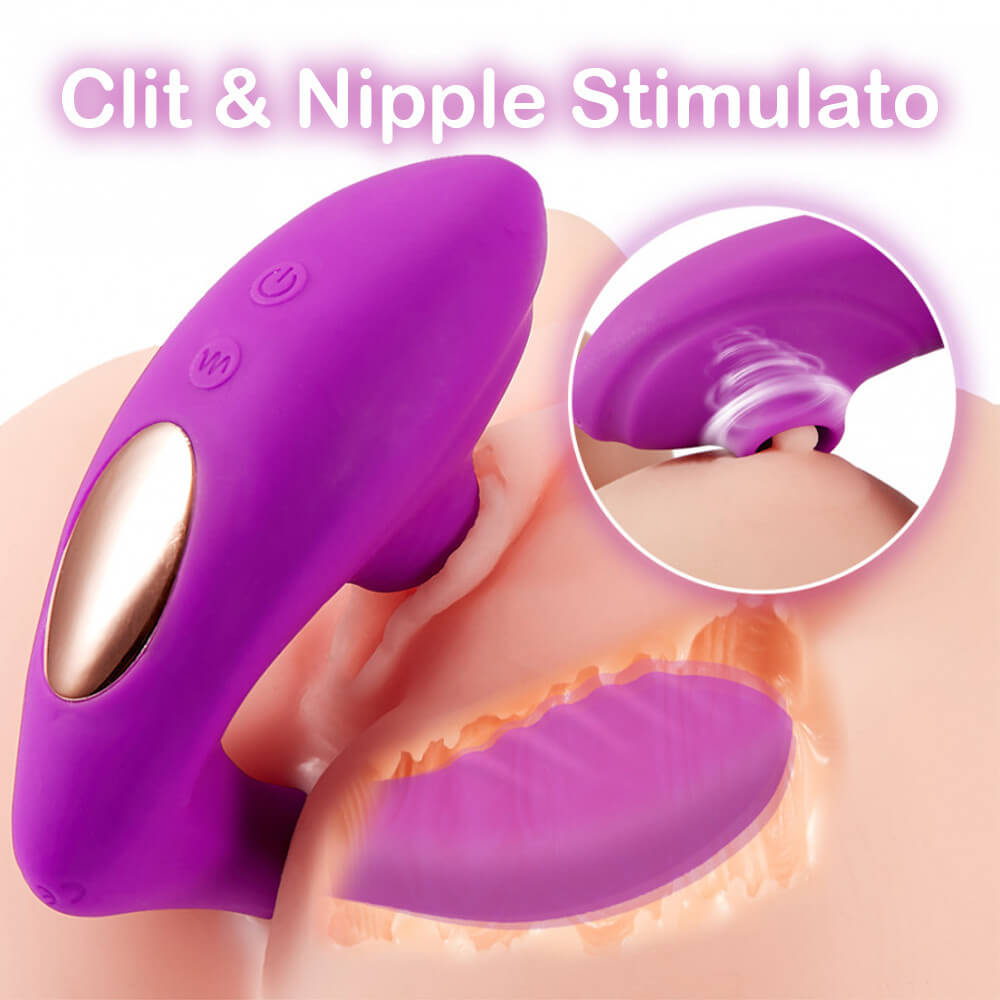There are some precautions you should take when using sex toys. If you are using penetrative toys, use condoms. Sharing is caring. But if you use sex toys on other people, they could cause STI. Here are some of those precautions. Then, share them with your partner only if they are safe to share. Share responsibly, and you can both enjoy the satisfaction of having fun.
STI transmission from sex toys
The risks of passing STIs from sex toys are not as great as one might think. HPV, gonorrhea, and chlamydia can all be transmitted through sex toys. However, HIV and hepatitis C cannot survive outside the body. Although the chances of contracting any of these diseases are very low, the medium through which they are transferred is important. While some materials are sterilizable, others are not. For example, condoms should be used when sharing sex toys.
If you share sex toys with a partner, wash them thoroughly before using them. If you have an STI, don't share sex toys. Sharing sex toys is a common way to pass the disease. When in doubt, bring it up before the climax. If the STI is already present, make sure to bring up the issue before bedtime. During a sex encounter, be fully clothed. Make sure to request a full panel of tests. You should also mention to your doctor that you have shared sex toys with a partner.
Precautions to take
There are many precautions you should take when sharing sex toys. Sharing an item that has been used for sexual intercourse poses a high risk of transmission of sexually transmitted diseases (STIs) and other sexually transmitted diseases. To prevent transmission, you should always wash the sex toys before and after each use. Also, the packaging should indicate what materials it is made of. Toys with an unlisted materials list may not be safe for the human body or are only meant for novelty use.
In addition to the precautions listed above, you should always switch condoms between sexual partners. A phallic-shaped sex toy is likely to spread the human papillomavirus. A recent study found that human papillomavirus was present on the vibrators more than a day after use. It is therefore important to change your condom every time you sex with another partner.
Sharing is caring
There is an old saying, "sharing is caring," but this is not necessarily true for sharing sex toys. Toys can carry germs and can transmit sexually transmitted diseases. To prevent the spread of these diseases, sterilize your sex toys before you trade them. This can be done by either boiling them in water or placing them on the top rack of the dishwasher. Nonetheless, sterilizing your sex toys is not foolproof.
A recent study examined the frequency of sharing sex toys, and whether users cleaned the toy after use. However, the study did not examine the context in which sharing and cleaning sex toys occurred. Future research should consider this context and determine how women share and clean sex toys. Further, qualitative research on the reasons behind sharing and cleaning toys is necessary to develop better solutions for promoting hygiene. If these issues are addressed, sharing sex toys can be made safer and more enjoyable for both parties.
Using condoms with penetrative toys
One of the most controversial issues of modern sexuality is the use of sex toys. While some argue that sharing sex toys is completely safe, others disagree. Sharing sex toys with another person is perfectly safe as long as you use condoms and practice proper toy hygiene. Additionally, the use of a condom will prevent reinfection of any STI that has already been contracted, making it much easier for both partners to enjoy a private experience.
The main issue with porous toys is the fact that they contain oils. These oils break down the condom, leaving a sticky residue. Latex is also susceptible to degradation by oils and other chemicals. To avoid this issue, Lilly covered the porous toys with latex condoms. However, the condoms warped after a few hours of exposure to the oils. If you use oil-based lube, it can also damage the condom.
Avoid sex toys that contain latex
If you're allergic to latex, you should avoid sex toys that contain the material. Many toys contain only a trace of latex, but if you're unsure, assume that they're made of the substance and look for those that are marked 'body-safe'. For example, silicone sex toys are a safe bet for people who have latex allergies. Avoid internal penetration with sex toys made of latex, as they can expose the body to various bacteria and other contaminants.
When choosing a sex toy, consider whether it's made from rubber or a silicone blend. While rubber is porous, it can cause allergic reactions. PVC and vinyl are cheaper and contain phthalates, but they can also be porous. These types of sex toys should be cleaned thoroughly and replaced every eight to ten months. However, don't assume that vinyl or PVC are completely safe - you'll never know!
Sharing a sex toy with multiple partners
If your partner doesn't feel comfortable trying a sex toy, it may be because they had a bad experience with the first time. Don't force it. If your partner does not agree, talk to her or him about how you can continue your relationship without using sex toys. Share only with partners you can trust. You never want to get STIs from sharing a sex toy.
If you want to share your sex toy with multiple partners, buy high-quality sex toys. The materials should be medical-grade silicone, glass, stainless steel, Pyrex, or stainless steel. Silicone is a porous material, and is a perfect carrier for bacteria. A 2014 study found that sharing a sex toy between two partners puts both partners at risk for HPV. Also, the cleanliness of the toy will vary. While silicone toys are easy to clean, those made of soft jelly materials have crevices and cracks where particularly tenacious bacteria can grow.










